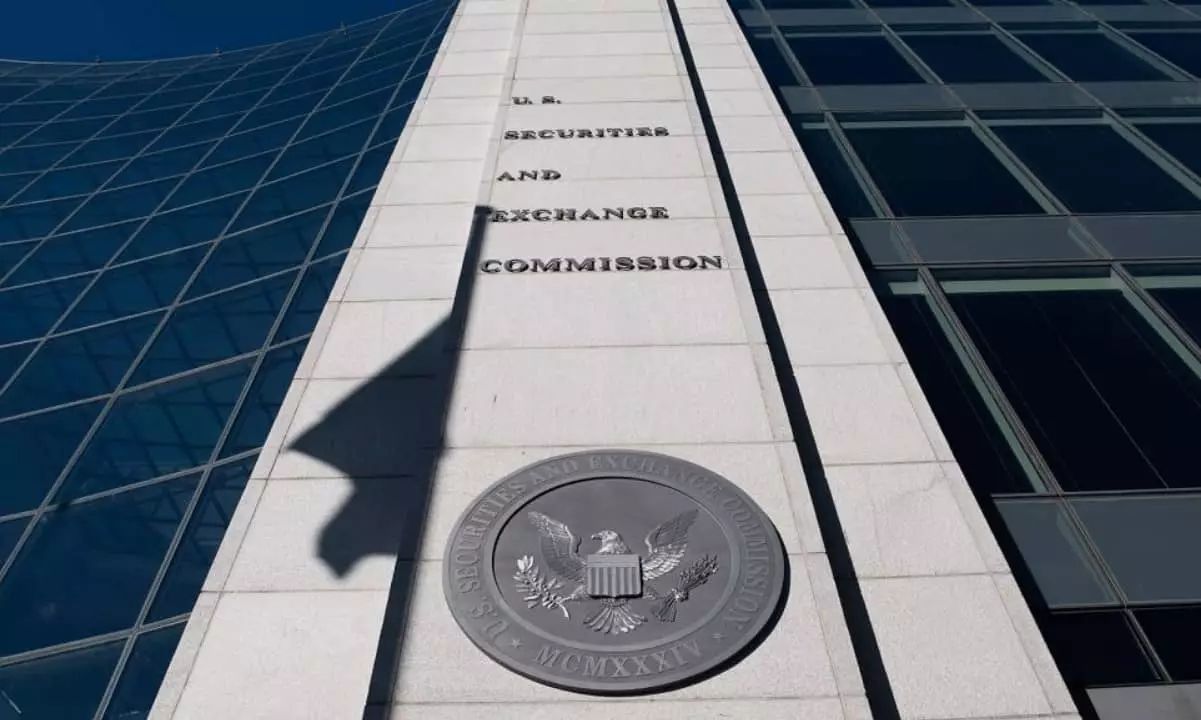On May 29, 2023, the Securities and Exchange Commission (SEC) took a significant step in clarifying its stance on staking activities related to proof-of-stake networks. By concluding that such activities do not fall under the purview of federal securities regulations, the SEC has effectively relieved participants from the burdens of registration often associated with traditional securities. This landmark decision raises crucial questions about the nature of staking and its role in the broader context of cryptocurrency regulation. It’s a pivotal moment for both individual investors and industry stakeholders, as it paves the way for greater participation in decentralized finance.
Key Types of Staking Explained
The SEC’s analysis dissected three core models of staking: solo staking, self-custodial staking, and custodial staking. Solo staking allows operators to utilize their own crypto assets without external influence, emphasizing direct involvement and personal investment. Self-custodial staking introduces external validators but maintains ownership, subtly shifting the focus on trust and cooperation in the ecosystem. Lastly, the custodial model features third-party custodians assisting clients in growing their assets—a model more familiar to traditional finance. Understanding these methodologies is crucial, as they influence how we interpret the role of staking within the realm of investment versus service provision.
The Implications of the Howey Test
Using the Howey test as a guideline, the SEC determined that staking does not meet the criteria for being classified as an “investment contract.” This is significant because it underscores the philosophy that staking rewards should not hinge on the labor of others. The rewards arise from automated, routine processes rather than speculative entrepreneurial efforts. As a result, staking is positioned more as a service—a perspective that fosters innovation without mandating heavy regulatory oversight. This is a breakthrough for a system often bogged down by layers of governmental red tape, allowing crypto enthusiasts to invest in ways that feel authentic and aligned with the decentralized ethos.
The Unknown Potential of the CLARITY Act
In tandem with the SEC’s declaration, the introduction of the bipartisan *Digital Asset Market Clarity Act of 2025* reflects a growing acknowledgment among lawmakers that a comprehensive regulatory approach is overdue. Sponsored by House Committee on Financial Services Chairman French Hill, the CLARITY Act aims at defining jurisdiction between the SEC and the Commodity Futures Trading Commission (CFTC). This legislative move heralds a potential new era where America could reclaim its position as a leader in the digital asset landscape. However, the fate of this act remains uncertain, mired in bureaucratic complexities that tend to stall progressive initiatives.
Consumer Protection and Innovation: A Balancing Act
The overarching narrative surrounding these developments emphasizes the necessity for consumer protection while simultaneously allowing for innovation. This dual focus is paramount as the digital asset marketplace continues to evolve at a staggering pace. Bill advocates assert that without clear regulations, the United States risks losing its competitive edge on a global scale. As we witness institutional players and the common man increasingly engaging with crypto assets, a regulatory framework that strikes the right balance could ensure the market thrives without sacrificing consumer rights.
In sum, these recent regulatory advancements signal a powerful shift for crypto enthusiasts, one that presents both opportunities and challenges as the landscape continues to mature. The dialogue surrounding staking and the introduction of legislation like the CLARITY Act invites a deeper inquiry into the future direction of the digital asset ecosystem worldwide, setting a precedent that could shape the foundational principles of financial interaction in the 21st century.

